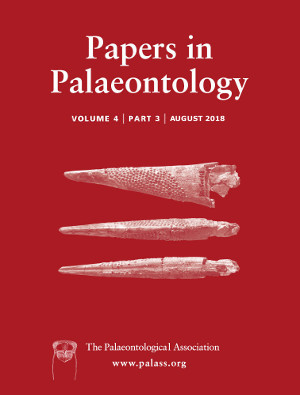Reg. Charity No. 1168330

A new freshwater gastropod fauna is described from the late Oligocene Nsungwe Formation of the Rukwa Rift Basin, Tanzania. Six new species of ampullariids are established including five species of Lanistes (L. microovum, L. nsungwensis, L. rukwaensis, L. songwellipticus and L. songweovum) and one species of Carnevalea (C. santiapillaii). These taxa occupy a morphospace region comparable to nearly half of extant Lanistes, a common and widespread genus in Africa and Madagascar. Palaeoecological evidence indicates that Nsungwe ampullariids inhabited fluvial, pond and paludal environments. Among these species are the oldest high‐spired and fluvially adapated Lanistes taxa. We suggest that Nsungwe Lanistes rapidly diversified in concert with habitat heterogeneity associated with the initiation of rifting along the western branch of the East African Rift System (EARS). Taxonomy, evolution and the biogeographical affinities of Nsungwe Formation freshwater gastropods contributes significantly to expanding the undersampled Palaeogene invertebrate fossil record of continental Africa.